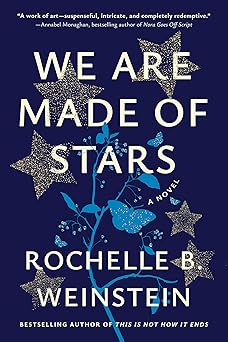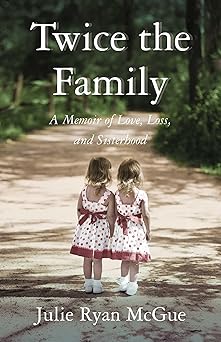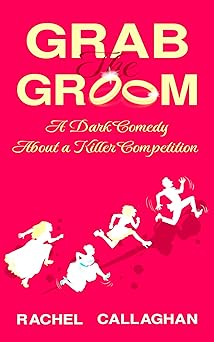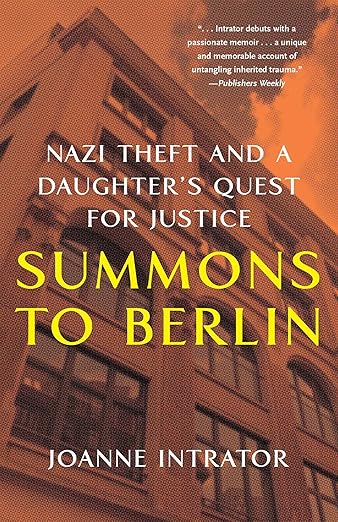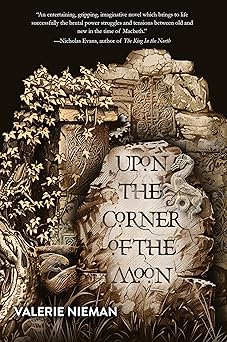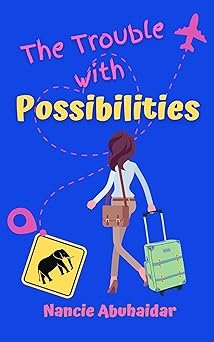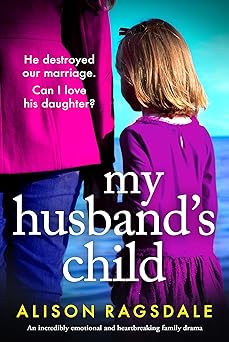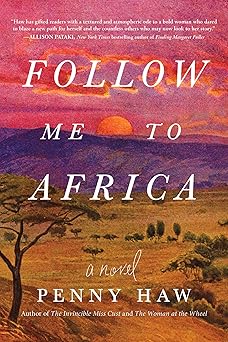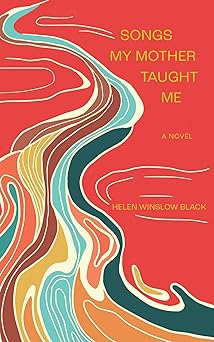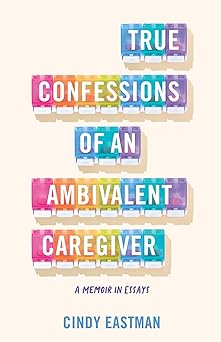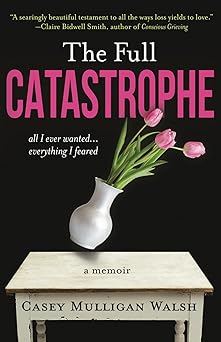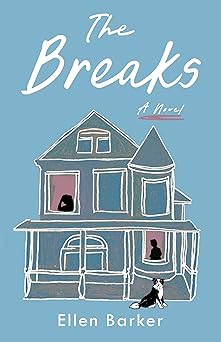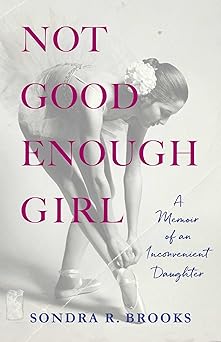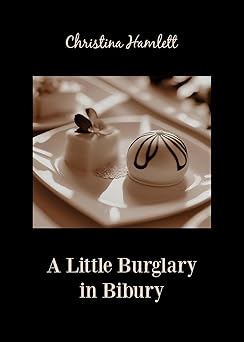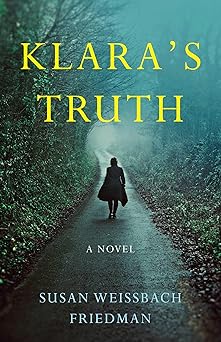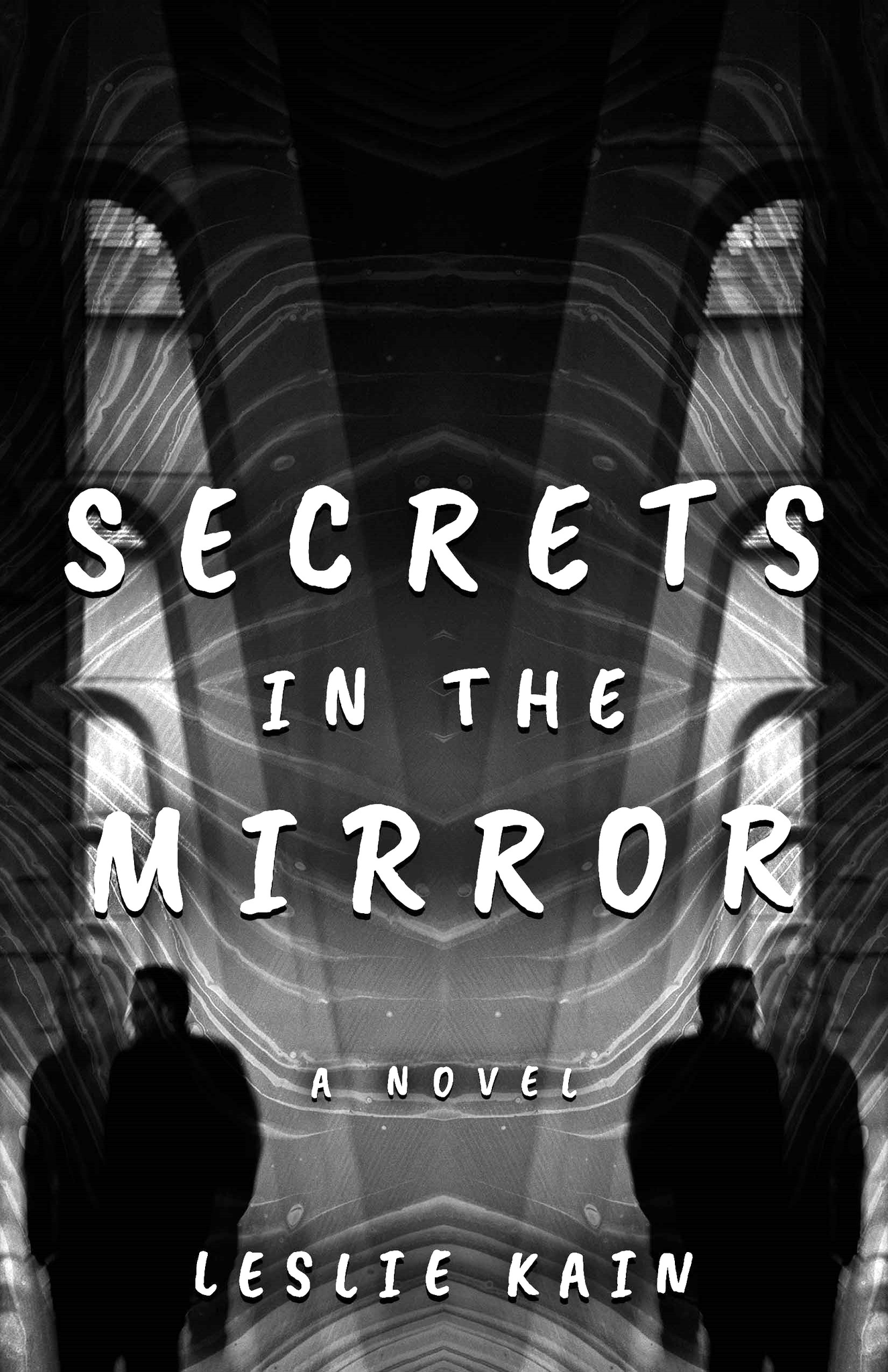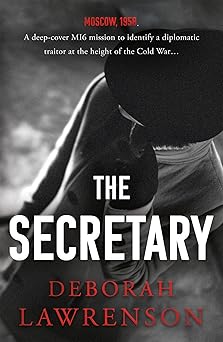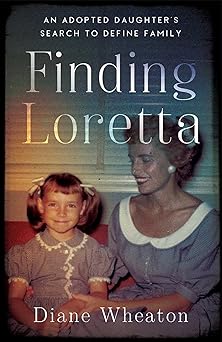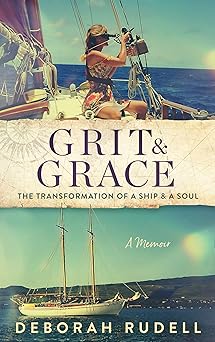Writing Through Tough Times: Tips And Tricks
 The question comes up a lot: What’s your favorite part of the writing process? Usually this is a multiple choice question. Is your favorite part the beginning of the story, when everything is possible? Is it the middle when things have finally begun to gel? Is it the end when all the choices have narrowed into one inevitable moment?
The question comes up a lot: What’s your favorite part of the writing process? Usually this is a multiple choice question. Is your favorite part the beginning of the story, when everything is possible? Is it the middle when things have finally begun to gel? Is it the end when all the choices have narrowed into one inevitable moment?
The answer for me is none of the above. My favorite part of writing is having written. No matter what part of the novel I’ve been working on, no matter whether the words have spilled out or dripped out, I’m happy that I’ve written.
But there are times, tough times, when it’s hard to sit down and write. And these past few months have been like that for many of us.
Over the course of publishing six novels, I’ve written through many tough times: after suffering a loss, during a time of a loved one’s decline, through cycles of worry and doubt. Now it’s the tough time of COVID, and of a global movement to acknowledge and address pervasive racism and a broken system of justice. Many of us are marching and listening and speaking out and reading to learn all the while sheltering in place. But we still need to work. So the question returns: how can we stay focused on our work during a challenging time.
To do this I’ve leaned on several strategies that I’ve adopted over the years, when writing during tough times. Some grew out conversations with other writers, some were discovered through happenstance, many were the product of trial and error. I share them with you now with the caveat that these are things that work for me, sometimes. Nothing works always. And different things may work for you.
The all-time best advice I’ve ever heard for writers who are struggling to write, for whatever reason, came from the great editor Robert Gottlieb, who’s shepherded writers that include Toni Morrison, John Cheever, Ray Bradbury, Robert Caro, Joseph Heller. His advice: “Don’t write, type.”
So during tough times, when writing is hard, I try not to think about the big thing I’m working on. I try not to think, How can I possibly work on my novel with all that’s going on. Instead I think, I have to type some words today. We all know how it works: you start out typing words (and long-hand works just as well, if you think of it in the same way) and suddenly the words add up. Before you know it, you have paragraphs. A bunch of paragraphs later, you have a page. A bunch of pages in a row, you’ve got a little stack. Some days, I start out by typing, I have nothing to say. But by the end of a writing session, I almost always discover I was wrong. I almost always have something to say, once I get going.
Here are some other strategies that sometimes work for me:
During tough times, I make the goals smaller. I try to stick to writing every day, but I decrease what a writing day looks like. Instead of a goal of five pages or a solid four-hour morning of work, my goal will be to write for one hour. If an hour turns out to be an impossible challenge, the next day my goal will be to write for half of that. In tough times, I’ve given myself the goal of writing for fifteen minutes a day. Fifteen minutes is enough for me to stay connected to my work and sometimes fifteen minutes will turn into half an hour, which will sometimes turn into an hour. Sometimes two. It’s getting started that’s hard.
During tough times, I read collections of letters by writers who inspire me. My go-to is the Letters of Flannery O’Connor: The Habit Of Being. Reading even a few pages of her letters makes me want to put down the book and pick up my pen. Flannery O’Connor’s voice might not be one that moves everyone to write, but I bet there’s a writer out there whose voice will.
During tough times, I read craft books. My favorites are from the “Art of” series of writing books published by Graywolf Press and edited by Charles Baxter. The books are short, each one illuminating a specific aspect of the craft (The Art of Perspective; The Art of Time in Fiction, and others). For me, these books are like fuel. Sometimes it only takes a few pages for me to close the book and pick up my pen.
During tough times, I reread novels I love. This is a personal choice. No one can tell you the novelist who most inspires you to write. There are many on my list. There’s Elizabeth Strout, Ann Patchett, Philp Roth, Julian Barnes, John Updike, Grace Paley, David Sedaris. It’s an eclectic bunch and there are many more. Sometimes just ten or twenty minutes of reading one of my favorite novelists is enough to jump start my writing day.
During tough times, I put my emotions into my work. If I’m feeling sad, I’ll write a scene with grief in it. If I’m angry, I’ll write a scene where someone is in a rage. Sometimes those scenes don’t make it into the final manuscript. But more often than not, at least a bit of it will and sometimes that bit is everyone’s favorite part.
But let’s be honest. Sometimes it’s just not possible to write. Sometimes what’s happening around us needs to be fully attended to. When that’s true, I give myself permission to step away from my desk, to live in the moment, to take in the experience.
At the beginning of the COVID crisis, that happened to me. I couldn’t focus enough to write. Then I stumbled upon a historian’s suggestion that everyone should start keeping a COVID journal. Nothing elaborate, he said. Simply keep a record of what your daily life is like. Future historians will be so grateful, he said, if we would all do just that. So I did. I started a COVID journal. The journal was mostly lists. The list of family members and friends I’d checked in on that day, and who I’d reach out to tomorrow. The list of places where I might find the ingredients for the chicken soup I wanted to make for a friend who was sick. The list of recommended movies to watch for a very much needed daily hour or so of escape.
At the end of the first day of keeping that journal, I felt a flicker of happy. Because even though it was just a bunch of lists, I had written.
Stay safe everyone!
—
Nancy Star is the bestselling author of Sisters One, Two Three and five other novels including her latest, Rules For Moving, out now. Star’s novels have been translated into many languages, optioned for television, and chosen as Literary Guild and Mystery Guild Signature Series selections. In addition to her novels, Star’s essays have appeared in The New York Times, The Washington Post, and Family Circle, among other publications. Before turning to writing fiction full-time, Star worked for over a decade as an executive in the movie business. She now lives with her husband in New Jersey where they happily welcome visits from their grown children, grandchildren, and assorted pets. Visit her website: nancystarauthor.com and follow her on twitter:
Find out more about her on her website https://www.nancystarauthor.com/about/
Follow her on Twitter @NancyStarAuthor
RULES FOR MOVING
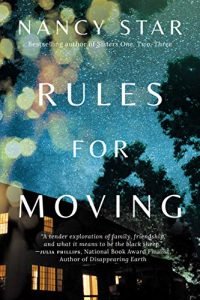 From bestselling author Nancy Star comes a deeply moving novel about the truths we hide from others and the lies we tell ourselves.
From bestselling author Nancy Star comes a deeply moving novel about the truths we hide from others and the lies we tell ourselves.
To the outside world, beloved advice columnist Lane Meckler has all the answers. What no one knows is that she also has a secret: her life is a disaster, and it’s just gotten worse. Her husband, whom she was planning to leave, has died in a freak accident. Her six-year-old son, Henry, has stopped speaking to everyone but her. Lane’s solution? Move. Growing up, that was what her family did best.
But when she and Henry pack up and leave, Lane realizes that their next home is no better, and she finally begins to ask herself some hard questions. What made her family move so often? Why has she always felt like an outsider? How can she get Henry to speak?
On a journey to help her son find his voice, Lane discovers that somewhere along the way she lost her own. If she wants to help him, she’ll need to find the courage to face the past and to speak the truth she’s been hiding from for years.
Category: Contemporary Women Writers, How To and Tips




